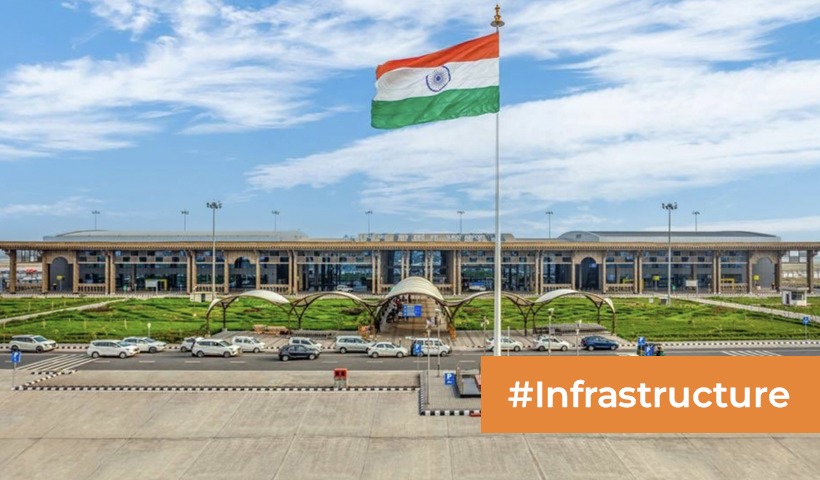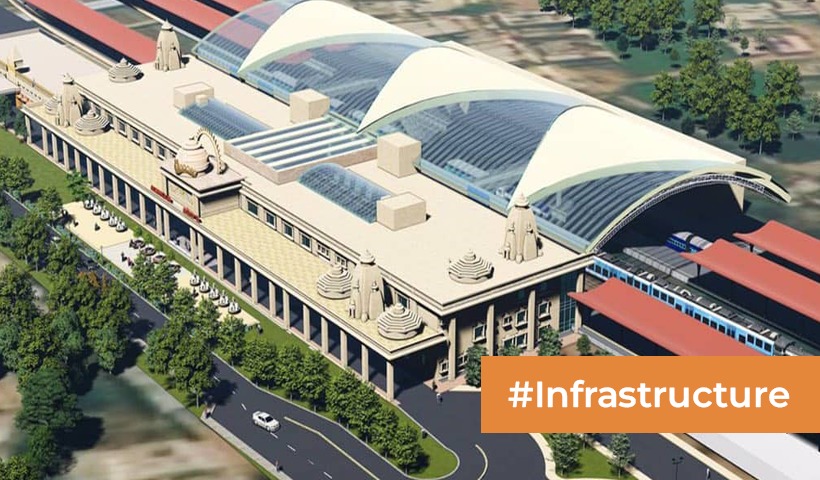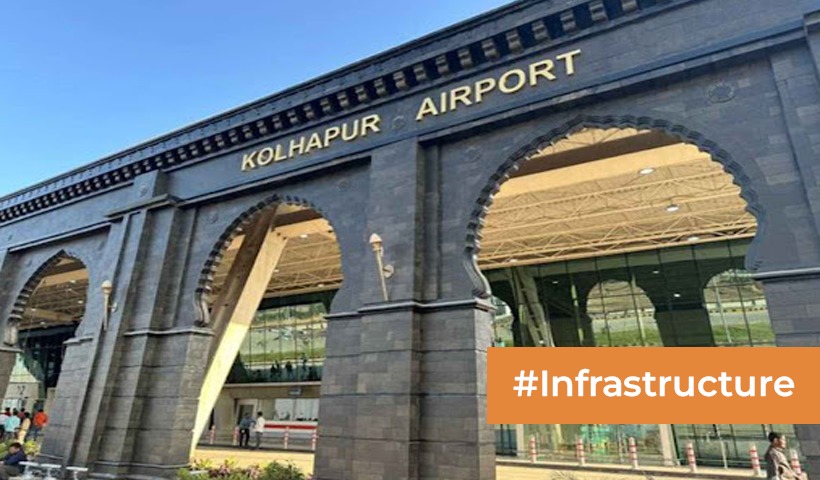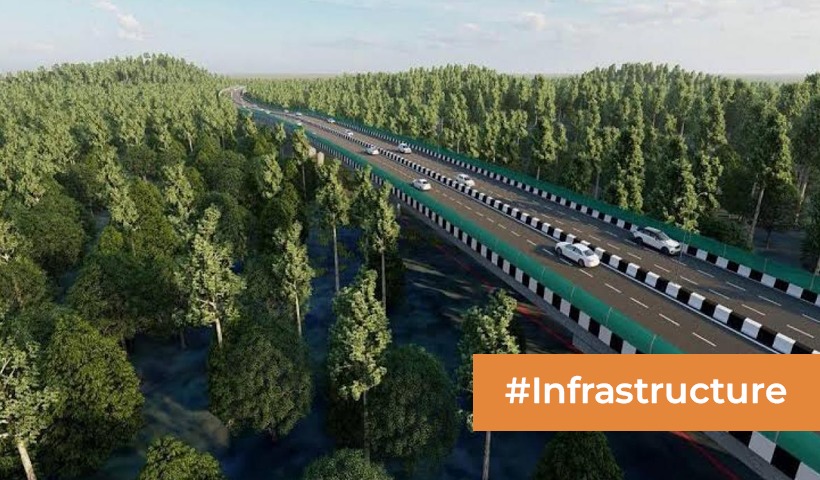What you need to know about the National Infrastructure Pipeline, or NIP
The national government’s priority was to rebuild services, and India’s aim to maintain its fairly high rate of growth is highly dependent on this one component.
The government established the National Infrastructure Pipeline (NIP) program to achieve this goal. Prime Minister Narendra Modi originally announced the NIP project in his 2019 Independence Day speech, with just a initial investment of Rs 102 lakh crores.
What is NIP, or National Infrastructure Pipeline?
The National Infrastructure Pipeline, which will run from 2019 to 2025, is a “first-of-its-kind, pretty much the entire effort to offer global infrastructure to citizens and enhance the standard of living.” All social and economic construction activities are included by the NIP.
The NIP, or National Infrastructure Plan, would allow for a more forward-thinking approach to infrastructure projects, resulting in much more employment, improved living conditions, and fair infrastructural facilities for everyone, rendering contribution to economic growth. The National Infrastructure Pipeline’s goal is to function as a catalyst for providing and infusing the cash India would require for building infrastructure by 2030.
Statistics about the National Infrastructure Pipeline
Declared: 2019
Period: Fiscal years 2019 through 2025
Total number of projects: 7,400
Money spent :111 lakh crores
Pipeline for National Infrastructure: Goals
Especially as more migrants come to cities, infrastructure projects and renovation will play a key part in making India a USD 5-trillion economy by 2025. This is highly crucial because India’s metropolitan cities are expected to grow from 46 to 68 by 2030. The National Infrastructure Pipeline initiative sought to resolve infrastructure gaps and streamline the urbanisation trend by improving living conditions and supporting economic growth.
Some major objectives of the NIP program, according to a study by the task group established up by the centre for the National Infrastructure Pipeline under Atanu Chakraborty, are:
- Throughout all three levels of government, create a favourable and supportive climate for large private infrastructure investment.
- To plan, build, and manage public infrastructure projects in order to achieve effectiveness, fairness, and inclusion.
- To accomplish disaster-resilience goals, public infrastructure must be designed, built, and maintained.
- To evaluate the results of network to worldwide standards and best practices.
- Utilize technologies to optimize quality of service, speed, and security.
Projects for the National Infrastructure Pipeline
For the National Infrastructure Pipeline, an underside strategy was used, with all initiatives spending more than Rs 100 crores per project (under development, prospective greenfield initiatives, brownfield projects, and those in the conceptualization stage) being included.
Investment in the National Infrastructure Pipeline
The NIP is owned by the government of India, which owns 39 percent of it, and the states own 40 percent of it. The other 21% of the money will come from private sector.
How would the National Infrastructure Pipeline benefit the economy?
The National Infrastructure Pipeline can facilitate additional infrastructure developments, empower businesses and create jobs, enhance living standards, and provide infrastructure access to all, making things easier for people.
How would the National Infrastructure Pipeline benefit the government?
Infrastructure development will boost economic growth, increase the government’s tax base, free up additional financial capacity, and ensure greater spending in profitable uses.
Disclaimer: The views expressed above are for informational purposes only based on industry reports and related news stories. PropertyPistol does not guarantee the accuracy, completeness, or reliability of the information and shall not be held responsible for any action taken based on the published information.




